Rank Suborder | Scientific name Ensifera | |
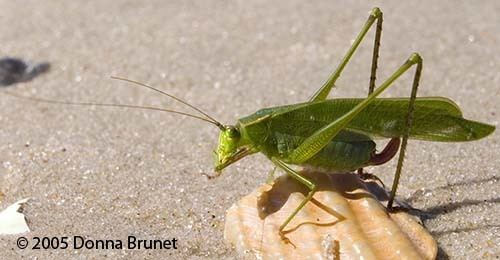 | ||
Lower classifications Cricket, Bush crickets, Mole cricket, Cave crickets, Anostostomatidae | ||
Thorelliola ensifera display
Ensifera is a suborder of the order Orthoptera, including insects in the families Gryllidae (true crickets), Prophalangopsidae (grigs), Stenopelmatidae (Jerusalem crickets, king crickets, tree and giant wetas), Gryllacrididae (leaf-rolling and raspy crickets), Cooloolidae (cooloola monsters), Rhaphidophoridae (cave and camel crickets), Schizodactylidae (dune or splay-footed crickets) and Tettigoniidae (bush crickets or katydids). The Tettigoniidae are sometimes known as the long-horned grasshoppers to distinguish them from the other suborder of Orthoptera, the Caelifera or short-horned grasshoppers. Ensifera is believed to be a more ancient group than Caelifera, with its origins in the Carboniferous period, the split having occurred at the end of the Permian period.
Contents
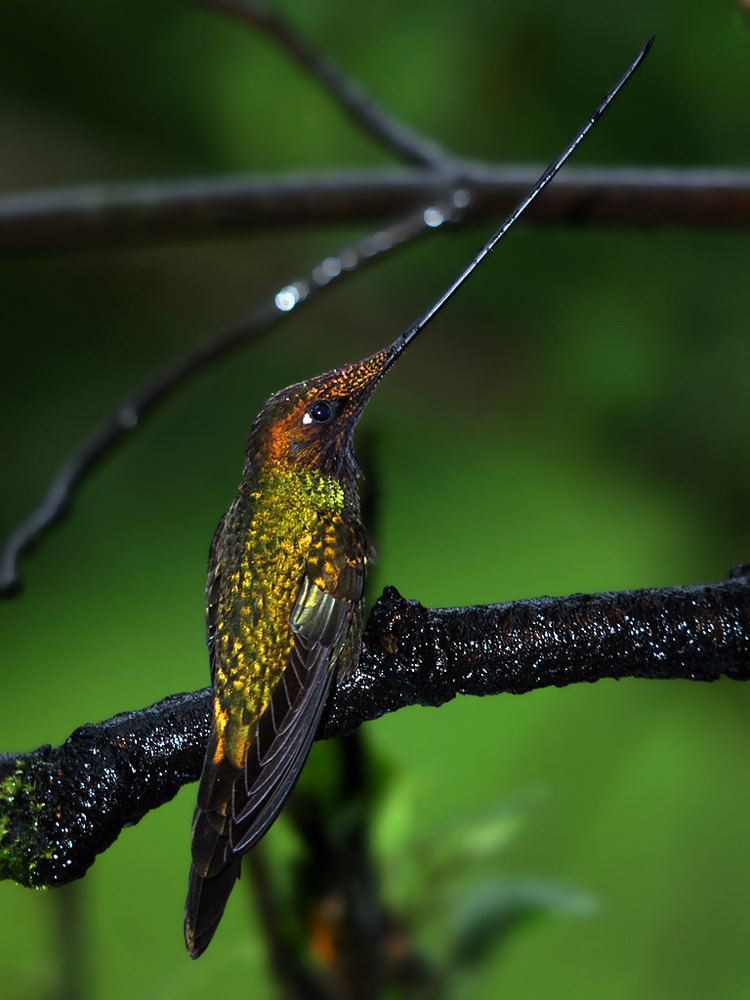
"Ensifer" means "sword bearer" in Latin, and refers to the typically elongated and blade-like ovipositor of the females.
Ensifera por d d
Characteristics
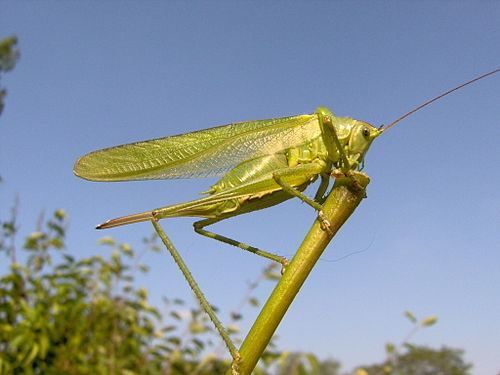
Characteristics shared by the two orthopteran orders, Caelifera and Ensifera, are the mouthparts adapted for biting and chewing, the modified prothorax, the hind legs modified for jumping, the wing shape and venation and the sound-producing stridulatory organs.
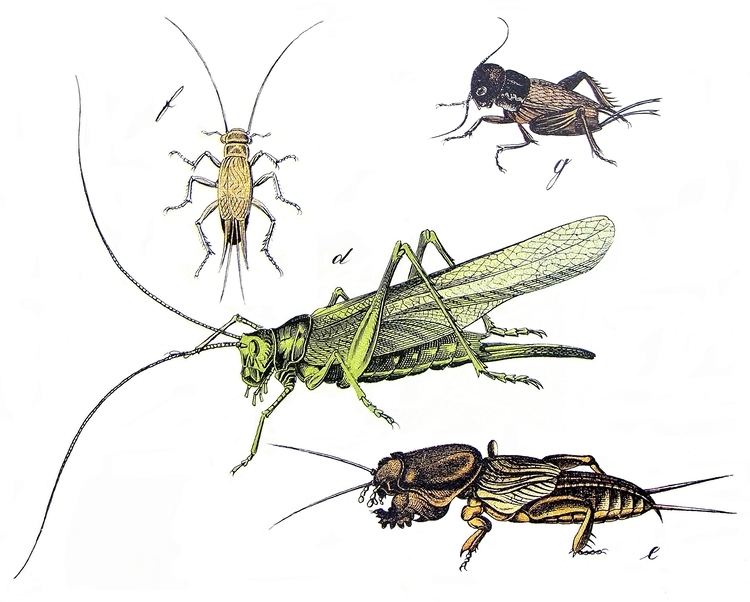
Ensiferans are distinguished from Caeliferans by their elongated, threadlike antennae, which are often longer than the length of their body and have over thirty segments (except in the subterranean Cooloolidae family). In the families in which the males sing, the forewings have modifications which include toothed veins and scrapers for making the noise, and the surrounding membranous areas amplify the sound. In these groups, the sound-detecting tympanal organs are located on the tibiae of the front legs. The tarsi have three segments and the ovipositor is blade-like or needle-like. The male attaches the spermatophore externally to the female's gonopore. The spermatophore is often surrounded by a proteinaceous spermatophylax, the function of which is to provide a nutritional nuptial gift to the female.
Taxonomy
The Orthoptera Species File database lists the following superfamilies and families:
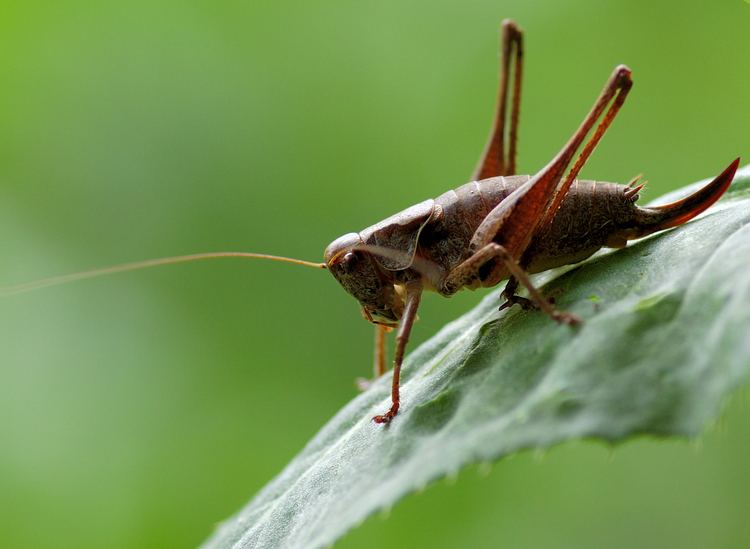
Phylogeny
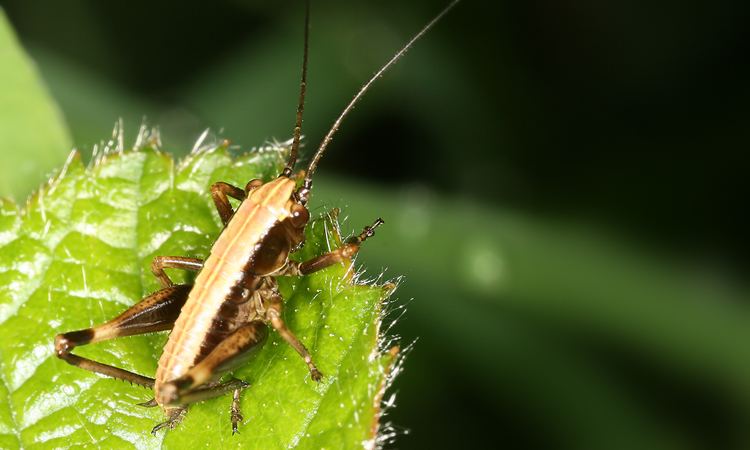
The phylogenetic relationships of the Ensifera, summarized by Darryl Gwynne in 1995 from his own work and that of earlier authors, are shown in the following cladogram, with the Orthoptera divided into two main groups, Ensifera and Caelifera (grasshoppers). Fossil Ensifera are found from the late Carboniferous period onwards.
The oldest known fossil in the Archaeorthoptera, the crown group of the Orthoptera, and also the oldest member of the Pterygota (winged insects), is from the Namurian (324 mya) Lower Carboniferous beds in the Upper Silesian Basin of the Czech Republic.
